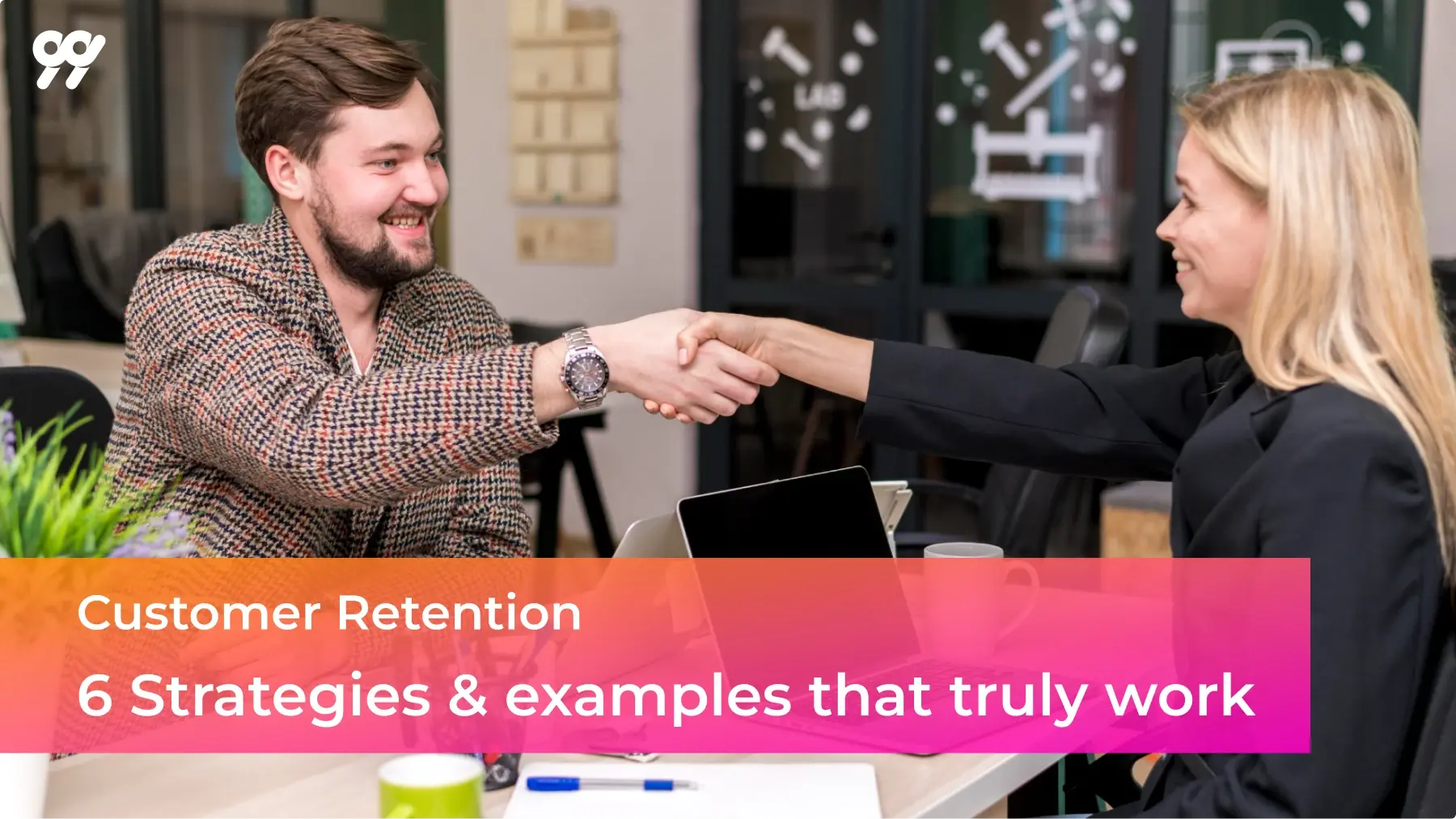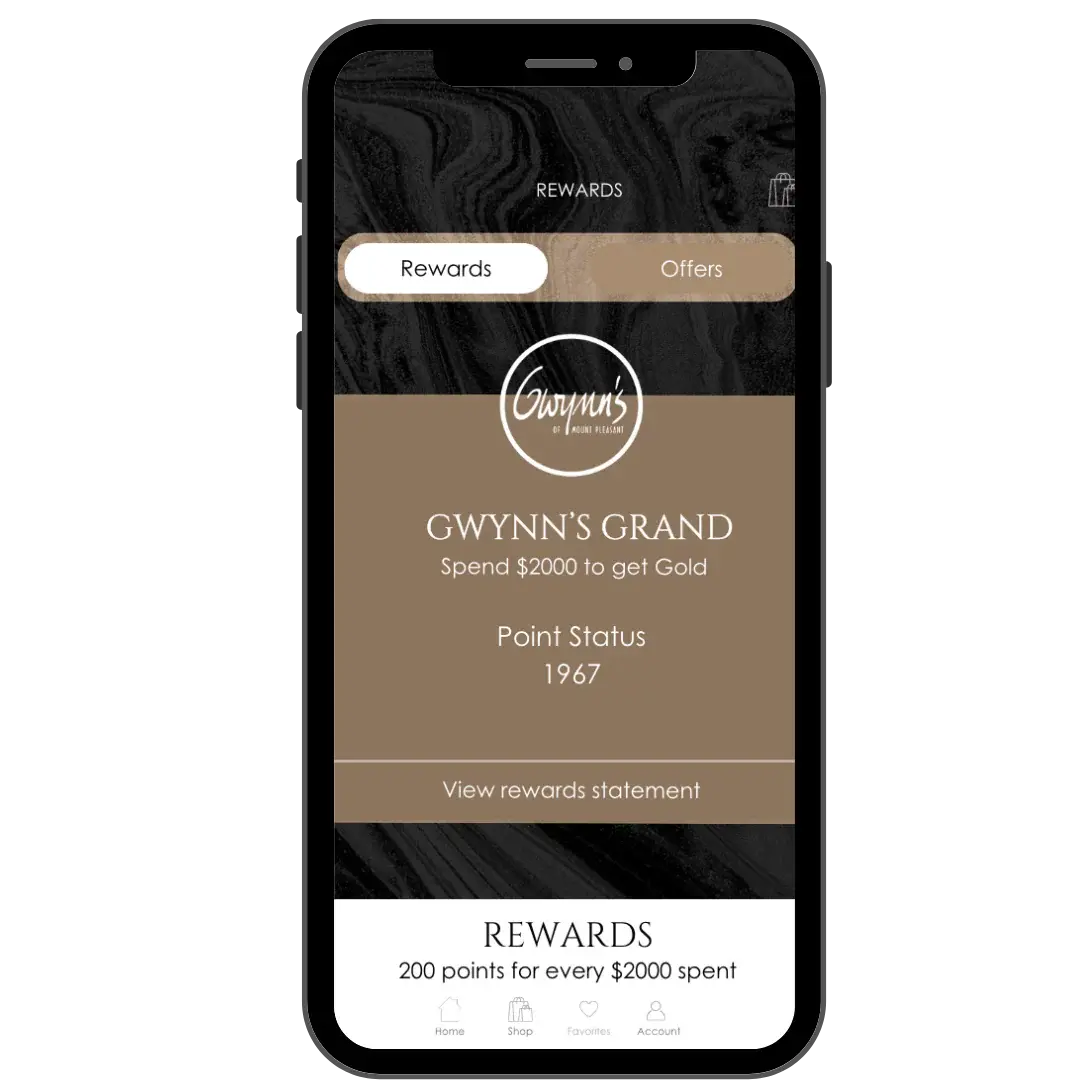
Businesses put significant effort into attracting customers through marketing, social media, and branding strategies. After dedicating time, energy, and resources to earning their trust, it’s only logical to prioritize keeping them. This is where focusing on customer retention becomes essential. Enhancing customer retention requires evaluating the entire customer experience and everything customers perceive and feel when engaging with your brand. Factors such as resolving support tickets efficiently and effectively communicating brand values significantly influence a buyer’s relationship with your business.
By delivering a seamless, satisfying experience at every touchpoint, you can foster loyalty and retain more customers. On the other hand, failing to meet customer expectations can lead to losing them before you even have a chance to address their concerns.
What is Customer Retention?
Customer retention is all about keeping your customers coming back and ensuring they don’t switch to a competitor. It’s a sign that your product and service quality hit the mark with your existing customers. For subscription-based businesses and service providers, customer retention isn’t just important, it’s essential.
So, what are customer retention strategies? They’re the plans and efforts businesses use to build loyalty and get the most out of their relationships with customers.
Unlike customer acquisition or lead generation, retention focuses on those who’ve already bought from you. But it’s more than just securing repeat purchases. it’s about building genuine relationships. Think about it: research shows that people see their favorite brands like they see their friends. They value brands that are reliable, authentic, and tuned into what matters most to them.
When you invest in strengthening those relationships, customers are more likely to stick with you, even when they have other options. With a loyal customer base, your brand can thrive, even in unpredictable markets.
Why is Customer Retention Important?
Keeping your existing customers happy is not just good practice, it’s cost-effective. According to Harvard Business Review, acquiring a new customer can cost five to 25 times more than retaining an existing one. Why? Because existing customers already trust your brand, making it easier to encourage repeat purchases without the hefty spending on marketing, advertising, or sales outreach.
In contrast, new customers need more convincing to make their first purchase. But when you focus on customer retention, you gain more than repeat sales. Loyal customers often become advocates for your brand, offering free recommendations to their colleagues, friends, and family. This cycle of retention and organic word-of-mouth marketing helps your business grow sustainably.
Key Benefits of Customer Retention:
- Cost Savings: Retaining customers is more affordable than acquiring new ones.
- Positive Word-of-Mouth: Loyal customers promote your brand to others for free.
- Boosted Revenue: Increasing retention by just 5% can grow revenue by 25% to 95%.
By fostering loyalty, you’re not just securing repeat business, you’re setting the stage for long-term success.
Key customer retention metrics
- Customer retention rate
- Customer churn rate
- Customer lifetime value
Customer Retention Rate
The customer retention rate is the percentage of customers who stay loyal to your business over a specific time. To calculate it, pick a period of time you want to measure and then identify the following:
- Number of customers at the start of a given time period (S)
- Number of customers at the end of that period (E)
- Number of new customers added over the duration of that period (N)
Customer retention formula
((E – N) / S) * 100 = X
Customer Attrition Rate
Customer attrition rate is the percentage of customers your business loses over a specific period. While it’s less direct than retention rates, a high attrition rate often indicates issues with customer satisfaction or experience.
Customer attrition rate formula
(Y/X) *100 = Z
Y = Customers lost during the period
X = Total customers at the start of the period
High attrition rates or low retention rates can signal dissatisfaction, poor service, or unmet customer expectations. But don’t worry, by analyzing the customer journey and addressing pain points, you can improve satisfaction and loyalty.
Customer lifetime value
Customer Lifetime Value represents the total revenue a business can expect from a single customer throughout their relationship with the brand. This metric helps identify your most loyal and profitable customers, guiding strategies to maximize their lifetime impact on your business.
6 Strategies to Boost Customer Retention
Respond to customer support queries quickly
Research underscores the importance of quick responses. A study by the CMO Council found that the most significant attribute leading to customer satisfaction is a fast response time to suggestions, requests, or complaints.
Additionally, 90% of consumers rate an immediate response as important or very important when they have a customer service question.
Moreover, rapid responses can positively impact your bottom line. Customers are more likely to make purchases and remain loyal to brands that address their inquiries swiftly. In fact, 27% of customers are more likely to spend money when a brand responds promptly.
Incorporating efficient response strategies not only enhances customer satisfaction but also contributes to increased revenue and customer retention. By prioritizing quick replies and setting clear expectations, businesses can build stronger relationships with their customers, leading to long-term success.
Deliver Tailored Support with Customer Context
Start a Customer Loyalty Program
For example, Gwynn’s loyalty program rewards customers every time they make an online purchase. To get customers excited, they offer welcome points just for signing up. This small incentive motivates customers to engage with the program, making them eager to return and earn more rewards.
Starting a loyalty program doesn’t have to be complicated. You can reward customers after their second purchase or set milestones based on spending thresholds. Automated solutions like 99minds make creating a loyalty program seamless.

Perfect the returns process
To enhance your returns process and boost customer retention, start by crafting a clear return policy. This policy should outline what qualifies for returns and what doesn’t. Transparency is key, 67% of shoppers check a vendor’s return policy before making a purchase. Providing clarity upfront helps set expectations and reduces potential misunderstandings.
Gather Customer Feedback
One of the most effective ways to gather this insight is by giving customers a platform to share their thoughts, such as through surveys. Customer satisfaction surveys can be straightforward, like asking for a simple “thumbs up or thumbs down” after resolving an issue. However, more targeted questions can yield deeper insights, such as:
- How would you describe your experience with our product?
- What isn’t meeting your expectations, and why?
- Which support channel do you prefer using?
It’s essential to ask questions that uncover areas where customers may face challenges. For instance, many customers prefer self-service options for their convenience. Surveys can help you determine whether your self-service tools are effective or if customers struggle to find the answers they need.
Additionally, insights from your customer service team can complement survey data. As the frontline communicators, they often recognize recurring complaints and preferences, helping you refine your strategies to drive better customer retention.
.Educate Customers
Here are several effective ways to help new customers get started:
- In-product onboarding: Provide step-by-step tips and interactive tutorials to simplify the learning process.
- Lifecycle email series: Send a sequence of emails guiding customers on how to use your product effectively.
- Personalized training sessions: Offer one-on-one support through customer success specialists or onboarding experts.
- Self-service training resources: Build an online academy packed with tutorials, videos, and FAQs for customers who prefer independent learning.
- Community support: Develop a community of knowledgeable users and experts who can help answer questions and share insights.
For instance, companies like Help Scout host regular live classes, offering customers the chance to explore their product further and get answers to specific questions in real time. Educating your customers is key to improving their experience and ensuring they see long-term value in your product.
Customer Retention Examples
Gwynn’s Rewards
Why It Works:
- Earn as You Shop: Customers earn 1 point per dollar spent, redeemable for gift cards (e.g., 500 points = $25).
- Exclusive Perks: Birthday bonuses, private shopping events, and personalized styling services.
- Tiered Rewards: Silver, Gold, and Platinum tiers unlock premium benefits, from early access to sales to VIP treatment.
- Shop Anywhere: Points are earned and redeemed both online and in-store for ultimate convenience.
By focusing on experiences, personalization, and value, Gwynn’s Rewards keeps customers coming back for more, building loyalty that lasts.

Calico’s Loyalty Program: Fun, Fashion, and Rewards

Why It Shines:
- Omnichannel Ease: Earn and redeem points seamlessly online or in-store.
- Tiered Rewards: Bronze, Silver, and Gold tiers offer escalating perks like free shipping, early access to collections, and VIP event invitations.
- Creative Engagement: Points for more than purchases—referrals, social media shares, product reviews, and more.
- Seasonal Excitement: Double points during holidays, early Black Friday access, and exclusive promotions keep things fresh.
- Personalized Touches: Tailored emails recommend items customers will love based on past purchases.
- Gamified Fun: Spin-to-Win for discounts and bonus points.
- Referral challenges where everyone wins.
- Social contests that turn customers into brand ambassadors.
The Results:
Calico’s loyalty program has driven higher repeat purchases, boosted average order value, and strengthened customer lifetime value. Plus, gamification and social engagement have made Calico a standout brand across platforms.
Fashionable rewards, happy shoppers—Calico nails it!
Final Words on Customer Retention
Retaining customers is about building meaningful relationships, offering value, and creating experiences they won’t forget. Whether through personalized interactions, seamless loyalty programs, or engaging rewards, every effort counts toward turning one-time shoppers into lifelong advocates.
Looking to elevate your customer retention strategy? Tools like 99minds make it easy to design and manage loyalty programs tailored to your audience. Start retaining more customers and growing your business today!
Frequently Asked Questions (FAQs) on Customer Retention
Why is customer retention important for my business?
Customer retention is crucial because loyal customers drive repeat purchases, increase lifetime value, and help reduce acquisition costs through referrals and word-of-mouth.
How can loyalty programs improve customer retention?
Loyalty programs reward repeat purchases and engagement, making customers feel valued and incentivized to return. Tools like
99minds can help you build and manage these programs seamlessly.
What are some quick ways to boost customer retention?
Focus on personalized support, create engaging loyalty programs, and ensure a hassle-free shopping and returns experience to keep customers coming back.






